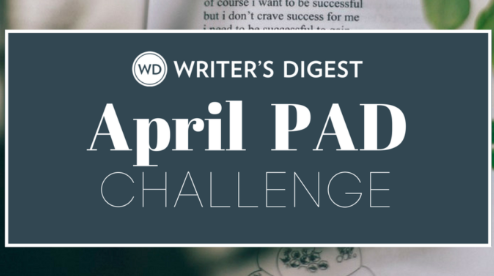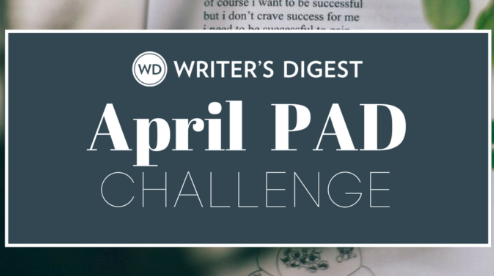Senryu: Poetic Forms
Learn how to write the senryu, a Japanese poetic form that is similar to haiku, including guidelines and an example poem.
When I looked over my revised list of poetic forms recently, I was surprised to see that senryu was not on there. It's one of those forms I assumed was already covered. But I probably just mentioned the form while talking about haiku. So let’s look at senryu!
Senryu Poems
When most people write "haiku," they're actually writing senryu. That is because senryu follows many of the same standard rules as haiku without the reference to nature. For many, haiku is a three-line poem with five syllables in the first line, seven syllables in the second line, and five syllables in the third and final line. And that's that.
However, haiku masters would argue that there are other rules as well, including a cutting word, a juxtaposition of images, and a reference to nature (and a particular season). Most American haiku writers would also say that 5-7-5 syllables aren't that important. And that three lines could easily be converted into one line.
Here are a few guidelines on writing senryu:
- Three lines with the five-seven-five syllable pattern (or something similar)
- Subjects tend to be related to human nature (as opposed to natural nature)--so romance, ironic human behavior, various relationships
- Often, senryu try to spark a laugh or "knowing moment"
As with contemporary haiku, don't get caught up as much on counting syllables. The main goal is to capture an image or moment in a concise way.
*****
Play with poetic forms!
Poetic forms are fun poetic games, and this digital guide collects more than 100 poetic forms, including more established poetic forms (like sestinas and sonnets) and newer invented forms (like golden shovels and fibs).
*****
Here’s my attempt at a Senryu:
numbers and letters, by Robert Lee Brewer
I never respond
when she sends me love letters--
they never add up
Robert Lee Brewer is Senior Editor of Writer's Digest, which includes managing the content on WritersDigest.com and programming virtual conferences. He's the author of 40 Plot Twist Prompts for Writers: Writing Ideas for Bending Stories in New Directions, The Complete Guide of Poetic Forms: 100+ Poetic Form Definitions and Examples for Poets, Poem-a-Day: 365 Poetry Writing Prompts for a Year of Poeming, and more. Also, he's the editor of Writer's Market, Poet's Market, and Guide to Literary Agents. Follow him on Twitter @robertleebrewer.





